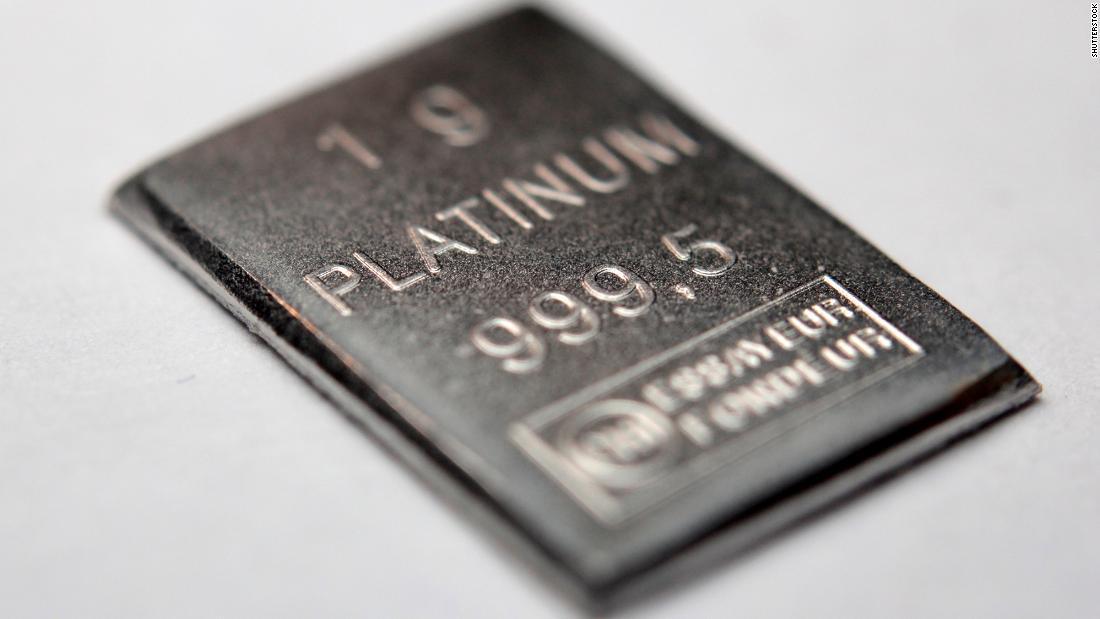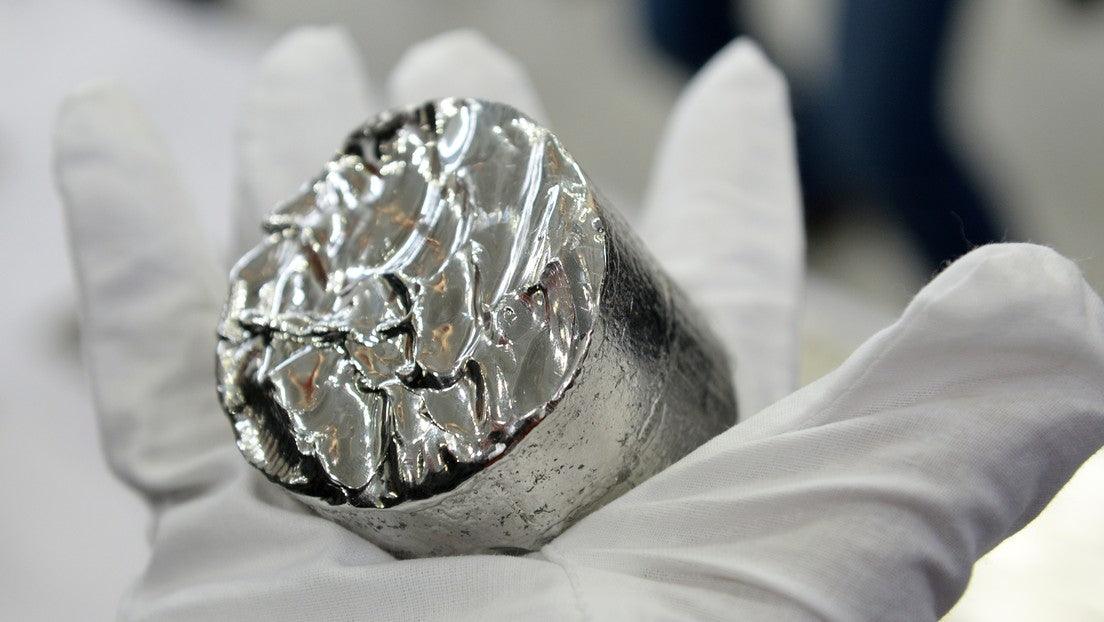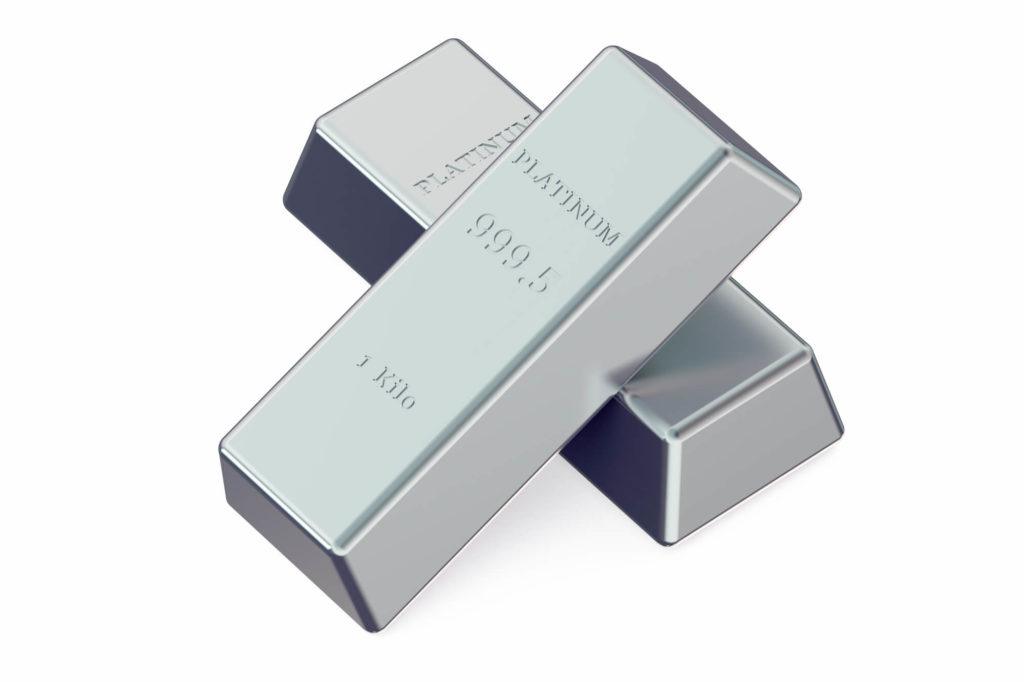
Discovering Platinum: Curiosities
Our journey to discover platinum continues today, with some other curiosities regarding its fascinating history!
Its name and its use
The name ''platinum'' comes from the Spanish ''platina'', meaning ''little silver'', because this precious metal was often confused with the better known (and less valuable!) silver. Its chemical symbol is Pt and its atomic number is 78. It is included among the transition elements and is the most important in the group of platinum elements, which includes elements used in alloys since the time of ancient Greece!
Platinum is a perfect metal for jewelry. Rings, studs, wedding rings...but also watches and timepieces of the highest class.
What makes it so special?
In addition to its thousand-year history, platinum is a unique metal also for its extreme rarity! In fact, about 130 tons are extracted every year in the world, compared to 3,330 of gold.
Platinum today comes mostly from South Africa, but at the time of its discovery the greatest platinum extraction took place in Colombia, but also in Russia and Canada.

Some small technical details
Furthermore, it is a pure and noble metal, one of the few that can also be used in high-grade alloys. Currently, for platinum, the alloy of 950 thousandths is adopted, approximately 23 carats. This means that each object created in platinum contains 950 parts of pure metal and 50 of other metals in alloy. Gold, much more famous, however, has a title of “only” 750 thousandths.
Another beautiful feature is that it is unassailable by acids! For this reason, since 1900, it has also been used to make boilers for sulfuric acid, as well as in jewelry.
Allergy? No way!
Platinum is also a perfect metal for allergy sufferers! In fact, it is well tolerated by all skin types and for this reason it is often used in the medical field. The famous heart pacemakers are made of platinum!
Some cons...
Due to its rarity and its special characteristics, platinum is a particularly expensive metal.
Just think that to obtain just 30 grams of pure metal, at least 10 tons of raw material are needed. In short: its rarity makes it an extremely precious metal, especially when it comes to watchmaking!
Platinum Wrist
Precisely with regard to watches, it is interesting to know that the stamping phase of a platinum case requires a particular adjustment for the press, an accurate cleaning of the technical instruments, but also causes greater wear of the tools used. In short: producing a platinum watch requires more work, but the result is absolutely breathtaking! In fact, watchmaking maisons around the world produce platinum watches only in limited editions: elegant, refined and stylish, often associated with movements of the highest value.
The therapeutic properties
Now we come to the juiciest curiosities for lovers of the “powers” of metals and gems . Well, platinum has a very high therapeutic capacity. If combined with gold and cobalt, this metal seems to have important anti-cancer properties. Furthermore, it seems to be an effective remedy for problems related to the female cycle; it also helps against headaches and nervous spasms.
Magic?
Magic? Maybe. It seems that platinum has the power to calm the sense of superiority of an arrogant subject, but also states of anxiety and depression. If placed near the nerve endings at the base of the neck, its power would be precisely that of calming and balancing the personality traits.
In short: it is a metal that comes to the aid of our organism, also increasing the characteristics of some precious stones, such as diamond and sapphire.
A beautiful platinum and diamond necklace, then, would be a godsend for everyone!
Discovering Platinum: Curiosities
In short: platinum is truly a metal to be rediscovered, for its beauty, versatility and all its properties!
Its story does not end here: another intriguing chapter awaits us in the discovery of its chemical characteristics!

